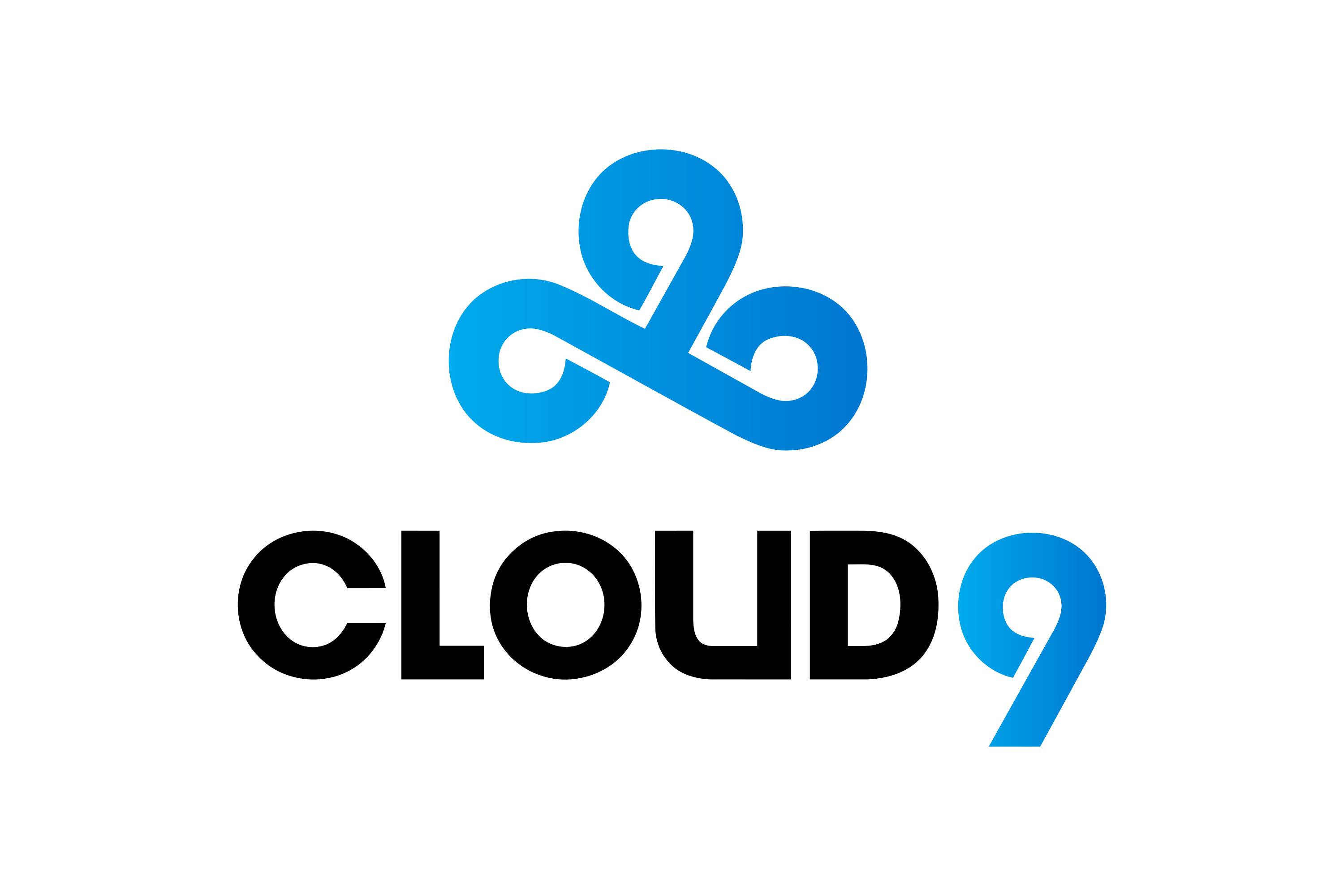Description
Introduction of Angular Libraries and Modules
Creating custom Angular libraries and modules allows developers to reuse code, improve maintainability, and enhance modularity across Angular applications. This training covers the best practices for building, packaging, and publishing custom Angular libraries, along with techniques for optimizing module design and dependency management.
Prerequisites
- Basic knowledge of Angular and TypeScript
- Experience with Angular Components, Services, and Directives
- Familiarity with Angular CLI and npm packages
- Understanding of Angular Modules (
NgModule) and Dependency Injection
Table of Contents
1. Introduction to Angular Libraries and Modules
1.1 What Are Angular Modules and Why Use Them?
1.2 Understanding the Role of Angular Libraries
1.3 Differences Between Modules and Libraries
1.4 When to Create a Custom Library in Angular(Ref: Building Progressive Web Apps (PWAs) with Angular)
2. Creating and Structuring Angular Modules
2.1 Best Practices for Modular Angular Applications
2.2 Organizing Feature Modules, Shared Modules, and Core Modules
2.3 Using Lazy Loading for Optimized Module Performance
2.4 Hands-On: Creating and Structuring an Angular Module
3. Building a Custom Angular Library
3.1 Setting Up a New Angular Library with Angular CLI
3.2 Understanding the ng generate library Command
3.3 Defining Components, Directives, and Services in a Library
3.4 Hands-On: Creating a Simple UI Component Library
4. Packaging and Publishing an Angular Library
4.1 Configuring Library Metadata
4.2 Compiling and Building a Library for Distribution
4.3 Publishing a Library to npm or a Private Repository
4.4 Hands-On: Publishing an Angular Library to npm
5. Consuming Custom Angular Libraries
5.1 Installing and Importing a Custom Library in an Angular Project
5.2 Handling Library Dependencies and Peer Dependencies
5.3 Using barrel files (index.ts) for Simplified Imports
5.4 Hands-On: Integrating a Custom Angular Library in an Application
6. Testing and Maintaining Angular Libraries
6.1 Writing Unit Tests for Library Components and Services
6.2 Running Tests and Code Coverage Reports
6.3 Versioning and Maintaining Backward Compatibility
6.4 Hands-On: Writing and Running Tests for a Custom Library
7. Optimizing Angular Libraries for Performance
7.1 Tree-Shakable Modules: Reducing Bundle Size
7.2 Using AOT Compilation and Ivy for Faster Builds
7.3 Managing Side Effects and Optimizing Dependency Injection
7.4 Hands-On: Optimizing an Angular Library for Production
8. Advanced Topics in Angular Libraries and Modules
8.1 Creating Dynamic and Configurable Modules
8.2 Implementing Feature Toggles in Angular Modules
8.3 Using Monorepos (Nx or Lerna) for Managing Multiple Libraries
8.4 Hands-On: Building a Configurable Angular Module
Conclusion
By the end of this training, participants will have a deep understanding of how to design, build, package, and maintain custom Angular libraries and modules. They will be equipped with best practices to enhance code reusability, improve application structure, and optimize performance.







Reviews
There are no reviews yet.